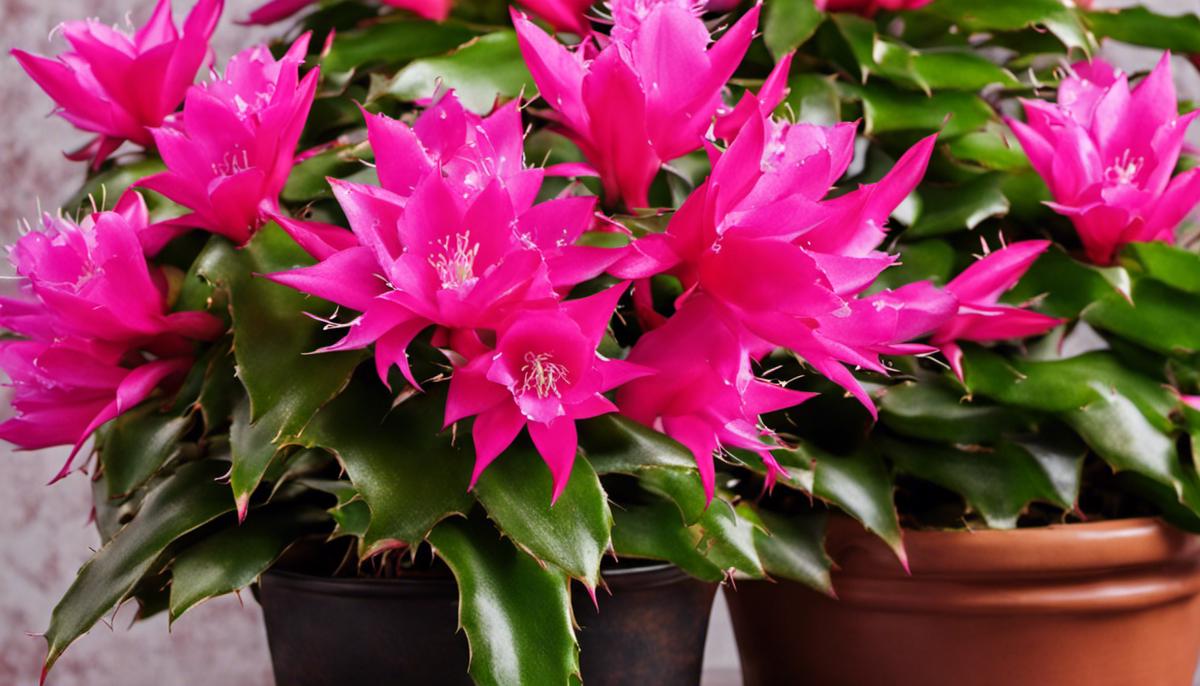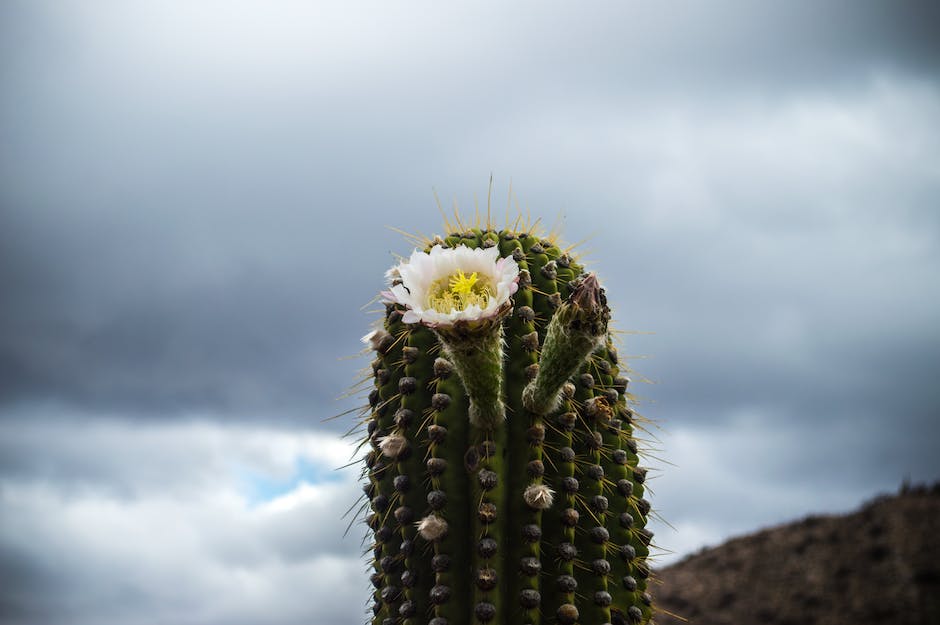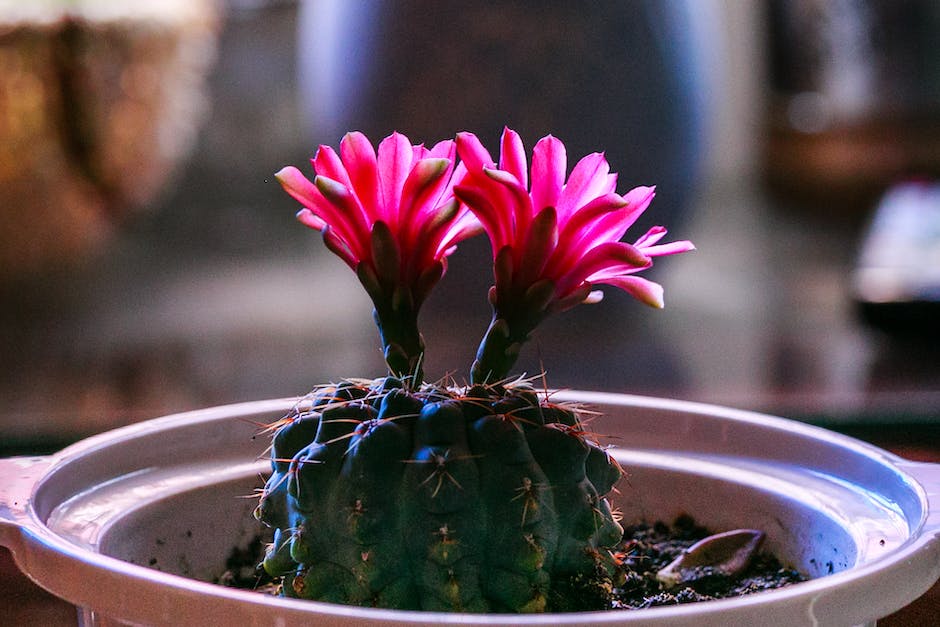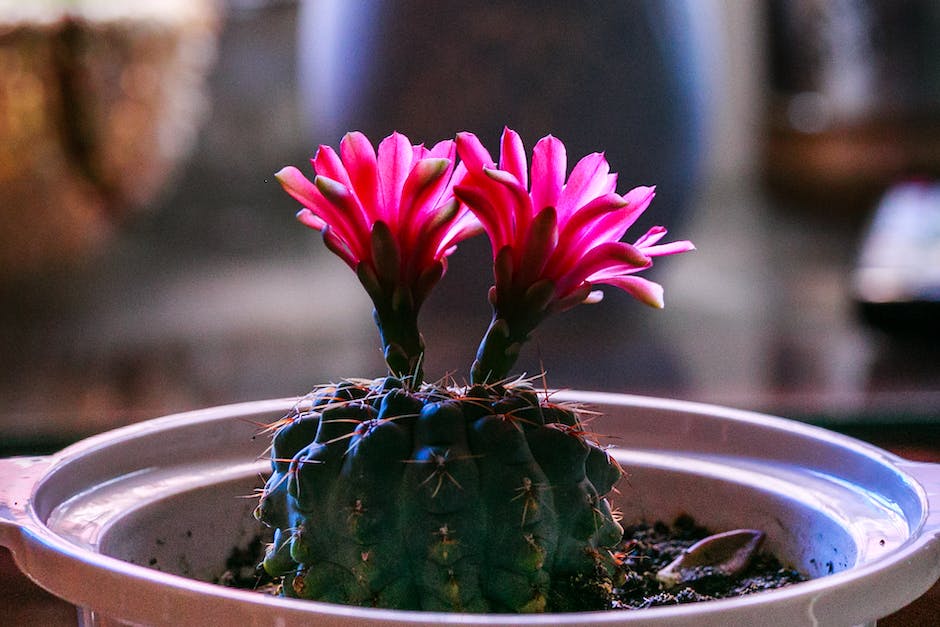Tips to Get Your Christmas Cactus to Bloom

Enigmatic in its floral display and captivating in its subtlety, the Christmas cactus stands as a symbol of holiday cheer and a brilliant challenge for gardening enthusiasts. Through careful attention to detail and a deep understanding of the unique needs of this plant, anyone can cultivate a Christmas cactus to full bloom. This includes knowing the precise light, temperature and humidity conditions it loves, to providing a tailored watering and fertilizing schedule that meets the plant’s requirements. More intriguingly, it even involves learning how to ‘force’ the cactus into producing those beautiful bursts of color we all associate with the festive season.
Understanding Christmas Cactus Needs
Unraveling the Joy of Christmas Cactus Care: A Unique Delight for Every Gardening Enthusiast
Brought to life amid the vivid charisma of Brazilian rainforest, Christmas cacti add a touch of vibrant charm to our homes during the coldest months of the year. As hobbyist gardeners, it’s our job to emulate this plant’s natural habitat and provide it the care it needs. What makes Christmas cacti stand out are their unique care requirements that often leave enthusiasts intrigued. Do they need special attention compared to common houseplants? Yes, they do!
-
Light Conditions: Christmas cacti thrive in indirect light. A north or east-facing window usually suffices. Avoid direct sunlight as it can cause scorching, leaving the leaf segments shriveled and discolored.
-
Ideal Temperature: Christmas cacti prefer cooler temperatures, especially during their blooming phase, which directly mimics their natural habitat on Brazilian mountaintops. Temperatures around 50 to 55°F at night and no more than 65 to 70°F during the day ensure the longevity of their festive blossoms.
-
Watering Schedule: They are tropical cacti, not desert ones, so overwatering and underwatering both can be detrimental. Aim for evenly moist soil, making sure the pot has proper drainage to avoid waterlogging. It can be helpful to let the soil dry out between waterings during the non-growing, non-flowering stage.
-
Feeding Needs: During the growing season, your Christmas cactus appreciates a little feeding. Try using a high potassium fertilizer every two weeks from April to October to maintain the vividness and charm of these exquisite plants, ceasing it once they get ready to bloom.
-
Proper Rest: Christmas cacti need a period of rest, called dormancy, before they can begin the process to bloom again. After the blooms have vanished, usually in mid-February or March, reduce watering and keep the plant in a cooler place (10-14°C ideally) for 6 weeks to allow it to fully rest.
-
Pruning: Pruning encourages the plant to branch out where the stem was cut, leading to a full, bushy growth. You can prune the Christmas cactus about a month after blooming. This will give it enough time to begin anew growth before the summer hits.
-
Repotting: It’s best to repot Christmas cacti every two to three years, or when the plant outgrows its current pot. Note that Christmas cacti prefer to be a little root-bound, so a pot slightly bigger than the previous one should be enough.
Christmas cacti’s unique care requirements may seem daunting at first, but they are precisely what make them such a fulfilling botanical challenge. Just remember – consistency is key. And with time, you’ll discover the exhilarating thrill of watching your very own Christmas cactus bloom against the winter snow. Doesn’t it just fill the air with a certain magic, making Christmas feel, oh, so very special? Let’s dive into this enchanting endeavor, fellow green thumbs. Happy Christmas cacti gardening!

Implementing Proper Watering and Fertilizing
We’re well into the lovely journey of Christmas cactus care, armed with knowledge on finding a suitable light source, maintaining ideal temperatures, and figuring out the right moments for repotting! But next on our gardening adventure? Juggling watering and fertilizing needs of these charming plants, ensuring optimal bloom during their full glory in November to January.
Simply put, water your Christmas cactus when the top inch of soil feels dry to the touch. This means in the winter, the plant needs a spell of drought, just like in its natural habitat. However, refrain from allowing the soil to completely dry out. During the spring and summer, the Christmas cactus will be in its growth stage, so the soil should be kept lightly moist in this period.
Watch out for signs like shriveled leaves or rotting roots, which may indicate overwatering or underwatering. Make sure the pot has proper drainage holes to avoid root rot from overwatering. Remember, it’s always better to underwater than overwater.
Your merry plant also loves its meals – a nutritious diet of fertilizer to aid in its growth. From the end of April till October, give a monthly dose of half-strength, water-soluble fertilizer. A well-rounded cacti fertilizer would typically be an equal blend of nitrogen, phosphorus, and potassium (10-10-10). However, always read the instructions on the fertilizer label as different brands may have varying directions of use.
The blooming cycle of your Christmas cactus could be motivated by a little ‘starvation’ before the big show. Therefore, hold off on the fertilizer in late October till after the blooming is over. So essentially, no Halloween treats for it, but a Christmas feast for sure!
Remember these pointers and your Christmas cactus won’t just survive, but thrive, blooming in a wild riot of fuchsia and pink against the winter backdrop. A’hoy hobbyists, let’s make those snow-dusted windowsills pop with color this holiday season!

Forcing Christmas Cactus to Bloom
Can we all agree on this: few things bring as much joy and fascination as witnessing the delightful bloom of a Christmas cactus? These beauties, with their vibrant, pendulous flowers, offer a festive rush of colors during the holiday season, encapsulating both botanical beauty and cheer. So, after understanding and catering to their ambient needs, the next BIG question follows: how do we ensure they bloom to their fullest?
A method that has proven reliable time and again is known as ‘forcing’ the cactus into bloom. The term might sound somewhat intensive, but it’s really a matter of effective techniques and a genuine understanding of the plant’s natural rhythms. Here’s a trustworthy blueprint to get those buds popping in time for Christmas!
- Commence Darkness Treatment: At the onset of fall, reduce the exposure of your Christmas cactus to light. A consistent period of darkness (around 12-14 hours daily) for about six weeks signals the plant to begin the blooming process. A go-to trick is to cover the cactus with a black cloth or place it in a dark room from nighttime until morning.
- Cut Back on Watering: To simulate the desert conditions they typically bloom in, gradually reduce watering during the same six weeks of darkness induction. Don’t allow the plant to totally dry out, though. A slight decrease will suffice.
- Keep Temperatures Cool: This step is as critical as the rest. Keep the plant in an area where temperatures range between 50-60 degrees Fahrenheit during the six weeks of reduced light and watering. This naturally prompts the cactus to enter its bloom cycle. Spawn a little desert chill for your little desert bloomers; they will thank you later!
- Resume Light and Water: After the six weeks, bring your Christmas cactus back to its accustomed light, temperature, and watering conditions. Now it’s just a waiting game – blooms should start to appear in a few weeks!
Using these methods may seem a bit unorthodox for the everyday indoor plant enthusiast. But consider this: it’s a leap into the ecophysiological wonder of an utterly different ecosystem – a leap taken right from the comfort of one’s own living room! It’s about getting to know your Christmas cactus on a more naturalistic level while manipulating conditions to favor a spectacular bloom. Let every twirl of flower and flash of color be a testament to your empathy for this lovely organism’s life journey. Embrace the joyous challenge. Happy blooming!

As you make these considerations part of your plant care routine, you’ll find that bringing a Christmas cactus to bloom is less a task of uphill struggle, and more an enjoyable journey of nuanced gardening. While understanding the plant’s needs and adjusting its environment might sound daunting, it is indeed the secret ingredient which rewards you with a blooming Christmas cactus. It isn’t just about a breath-taking burst of brightly colored blossoms come Christmas time, but also about understanding the resilient charm of one of nature’s unique creations. It’s a testament to the wonders of the natural world and the joy of nurturing life, one bloom at a time.



